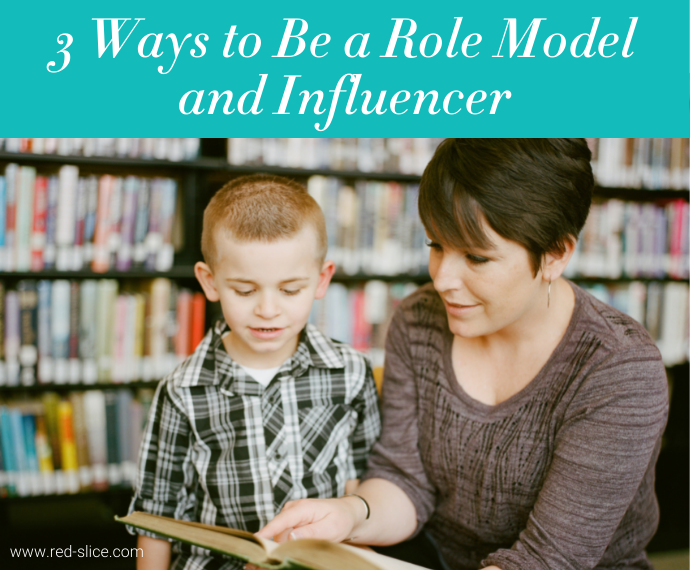Think you don’t have the power/budget/influence to make change happen on a large scale? Think again.
I absolutely devoured Chip and Dan Heath’s latest book, Switch. I was a huge fan of their book Made to Stick, which presented a framework for how to create messages that people remember, engage with and act upon. Switch kind of does the same thing for change: it provides a framework for how to make lasting changes in our companies, in our communities, and in our own lives. It is such a hopeful book if you have any cause, movement or even corporate change you are trying to influence – no matter how much power or budget you have.
The conflict, they claim, arises in the conflict between our analytical brain, AKA “The Rider” and our emotional brains, AKA ”The Elephant.” The book gives example after example of how “…everyday people—employees and managers, parents and nurses—have united both minds and, as a result, achieved dramatic results.”
From the book:: “If you want to change things, you’ve got to appeal to both. The Rider provides the planning and direction, and the Elephant provides the energy. So if you reach the Riders of your team but not the Elephants, team members will have understanding without motivation. If you reach their Elephants but not their Riders, they’ll have passion without direction. In both cases, the flaws can be paralyzing. A reluctant Elephant and a wheel-spinning Rider can both ensure that nothing changes. But when Elephants and Riders move together, change can come easily.”
Direct the Rider
The Heaths talk about how your analytical brain needs to have clear, concise direction in order to move forward. Ambiguity is not the Rider’s friend and the more precise you can be, the better the Rider can get going. For example, they talk about how malnutrition was improved in a third world country by “finding the bright spots” – the places where things seem to be going right – and adopting one specific behavior across villages in the entire country.
You also need to “Script the Critical Moves” and “Point to the Destination". These are all appeals to our Riders.
Motivate the Elephant
This is something we try to do with clients. All the facts and figures may not be enough to convince someone to make a change. But if you also appeal to emotion and can bring the change to life for them, you can more easily ease resistance. Sometimes people need to see, feel, and touch something before they will buy into it. Sometimes they won’t like a particular product name we recommend until we can bring it to life in a logo concept, or show it emblazoned on a t-shirt.
One example from the book is about a mid-level manager who kept trying to convince higher-ups that the company was spending way too much through too many different suppliers and needed to cut costs. No one heeded his spreadsheets. So he tackled one specific problem (Directed the Rider): safety gloves. He had an intern collect gloves from all the different manufacturing departments and find out how much each had paid for them. He then labeled each pair with the price tag – and often found the exact same pair cost one department triple the cost because of lack of centralized purchasing power – and dumped them all on a conference room table. he invited management to a meeting and when they arrived, they were met with the sight of over forty pairs of gloves with varying price tags on them. It was emotional and powerful. And with that one action, he was able to move through the costs savings measures he had proposed..
The book talks about this step involving “Finding the feeling”, “Shrinking the Change” and Growing Your People.”
Shape the Path
The last step is to shape the path, or the environment, to make the change go down easier. This also involves making habits easier to adopt and using positive peer pressure as motivations. One book example talked about improving some horrendous customer service scores at a call center. The company decided to remove the automated voicemail pick-up system, which meant call center employees HAD to pick up the phones and help customers. Seems obvious, but it worked. By changing the environment, they enabled people to step up and make the change they needed and service scores improved. I loved that the book mentions this concept that we judge people and things by the environment they are in: “My employee is lazy because he won’t fill out his expense reports” or “Jane is rude to customers so she’s horrible with people.” But sometimes, when all you shift is the environment, things are not always what they seem and people seem to magically transform. It’s why we love shows like Supernanny and Dog Whisperer – because it seems like magic that they can instantly transform a “bad” dog or a “bad” child with just a shift in a few external elements.
The book breaks this down into “Tweak the Environment”, “Build Habits” and “Rally the Herd.”
If you sign up their website, you can have access to tons of free resources, including a great Switch one-pager that delves into each of the 3 steps of the framework mentioned above. I highly recommend this one, folks. It’s another awesome read.




